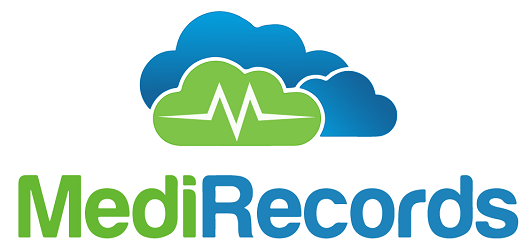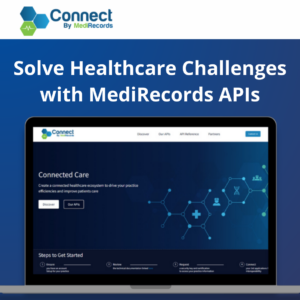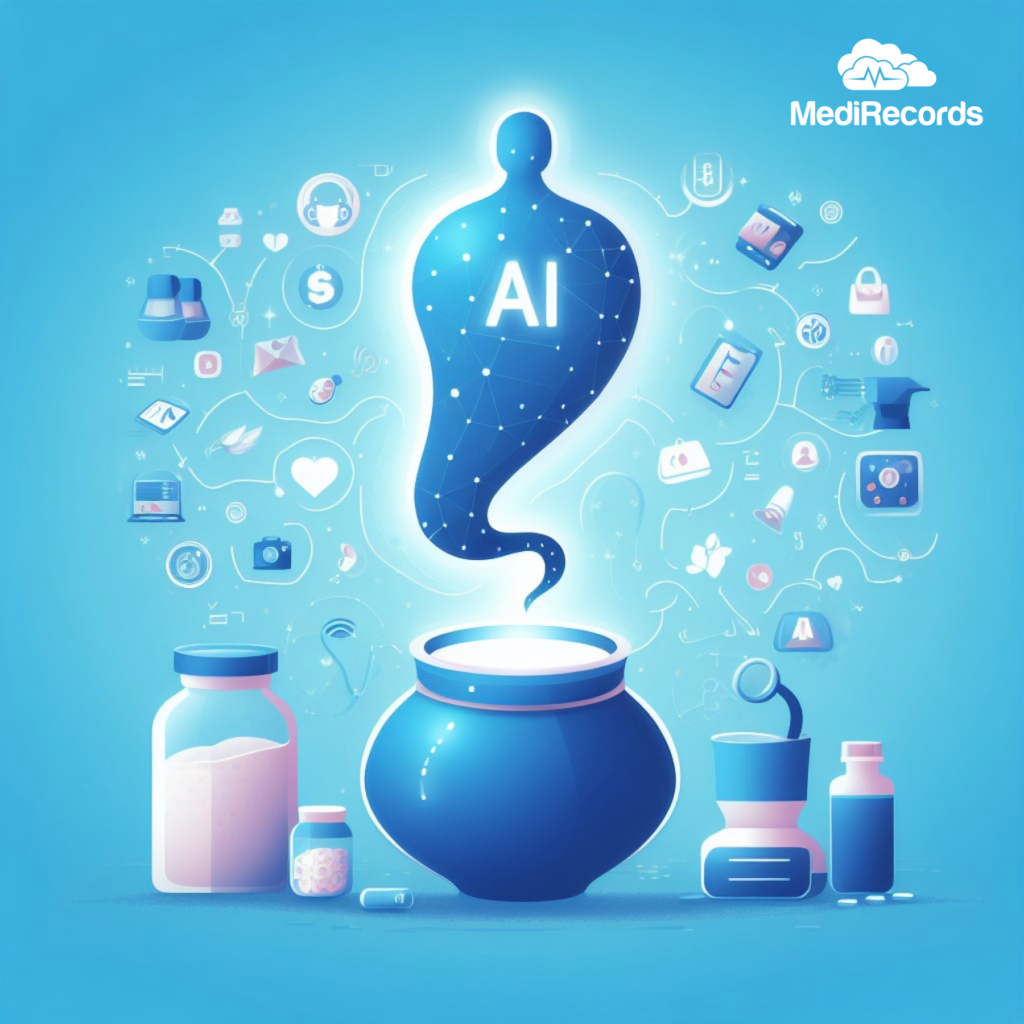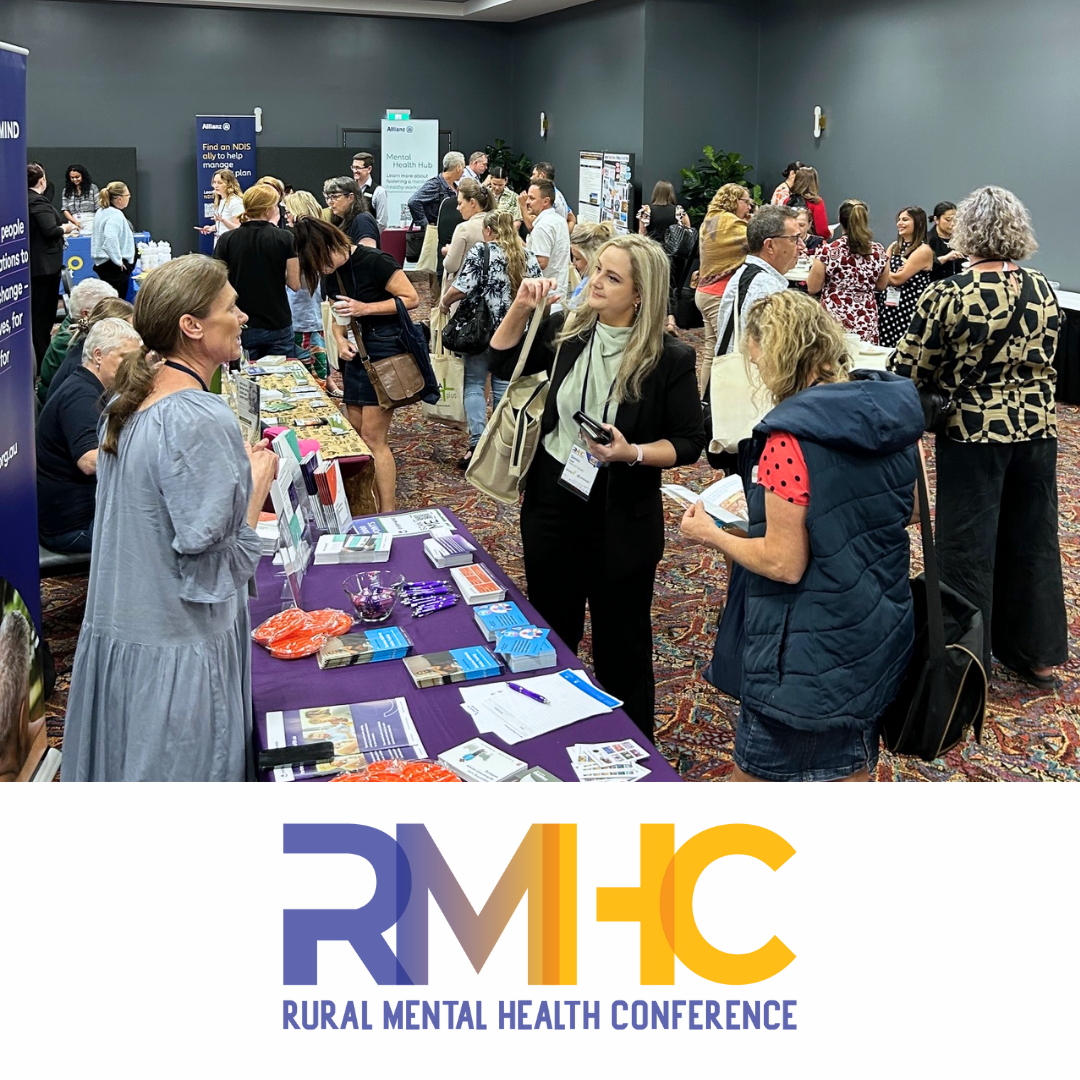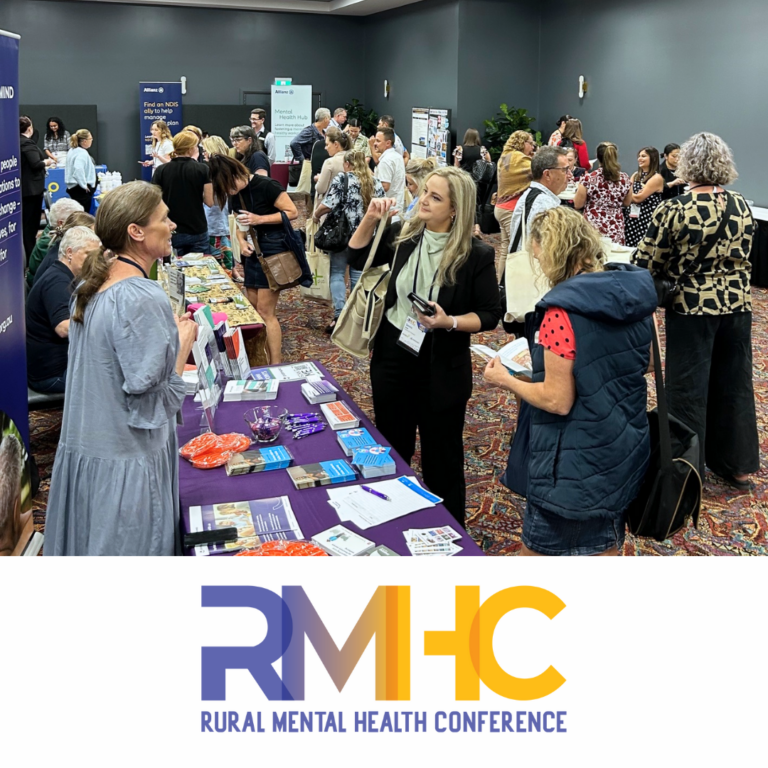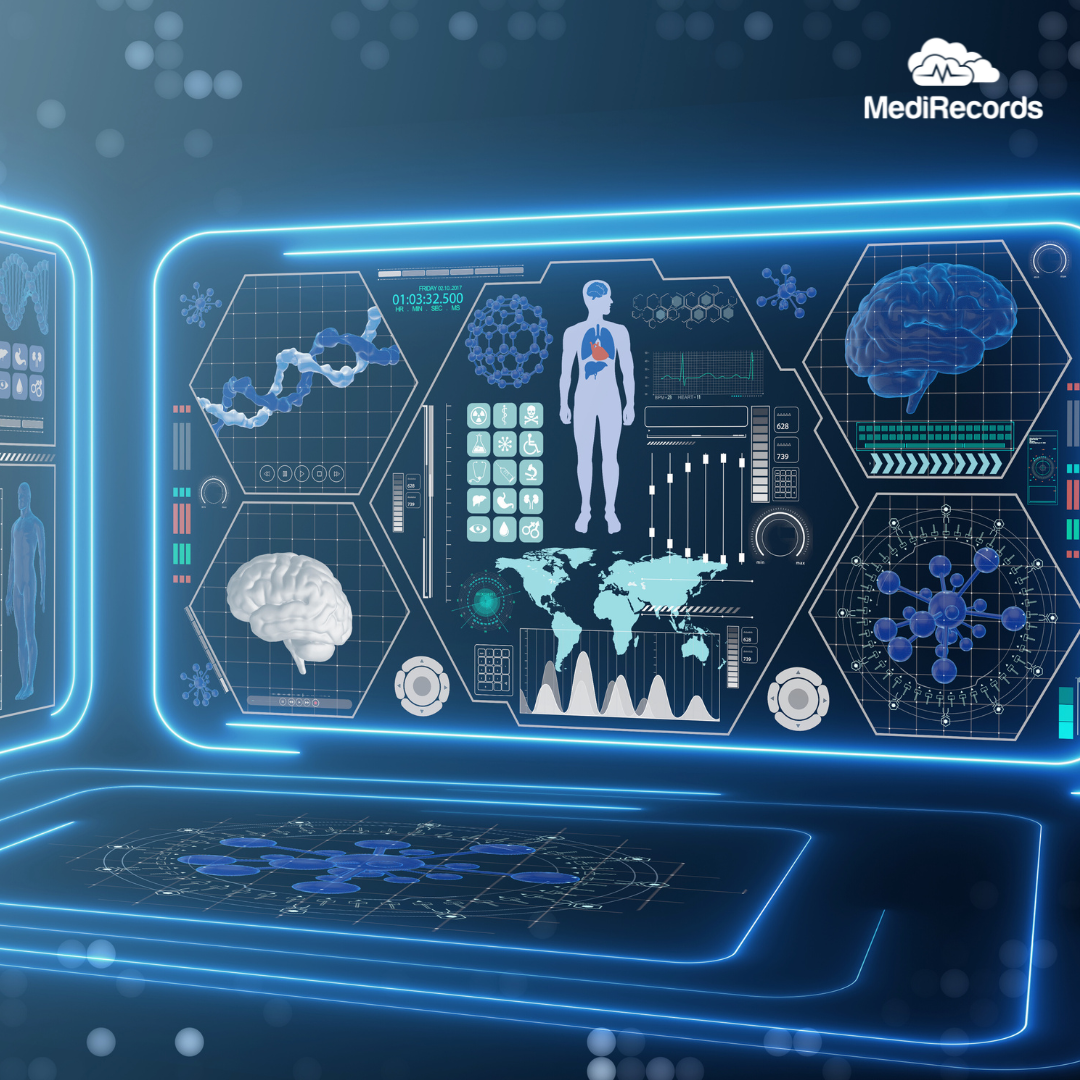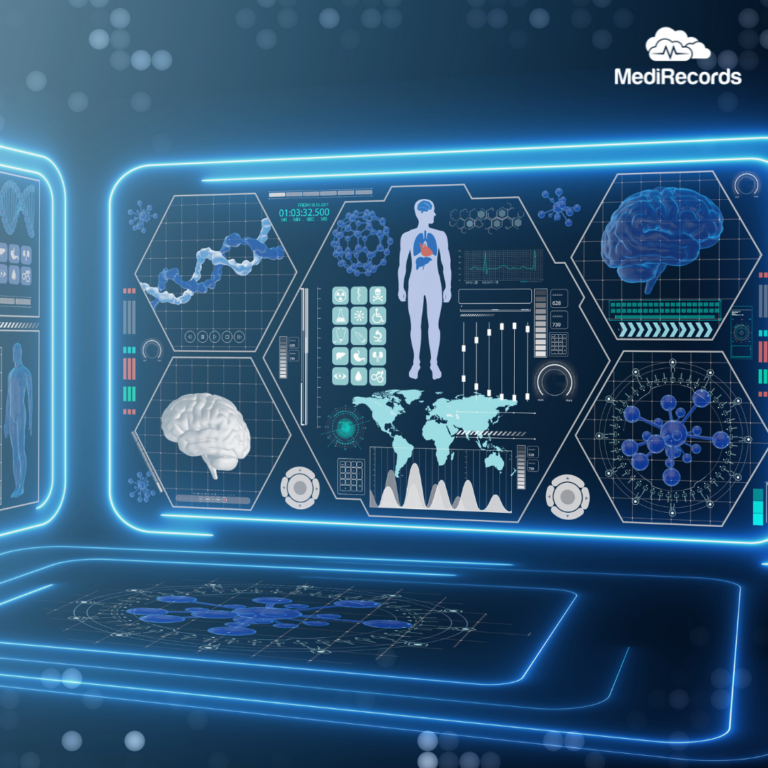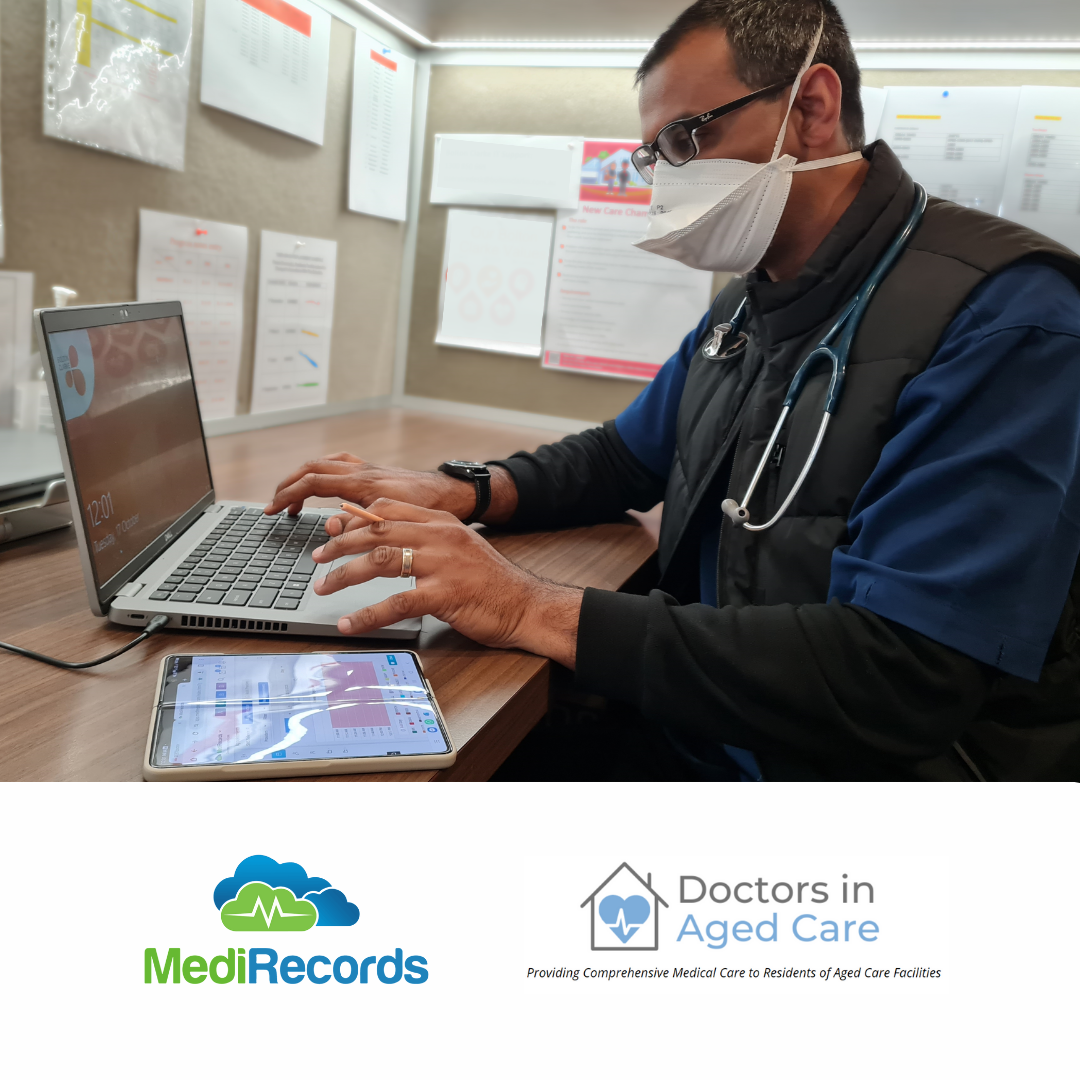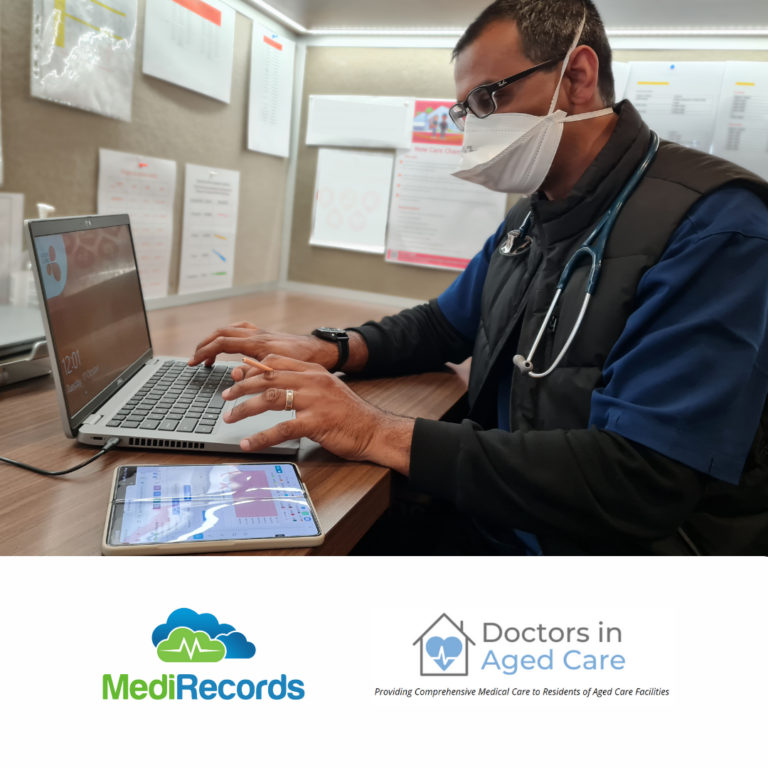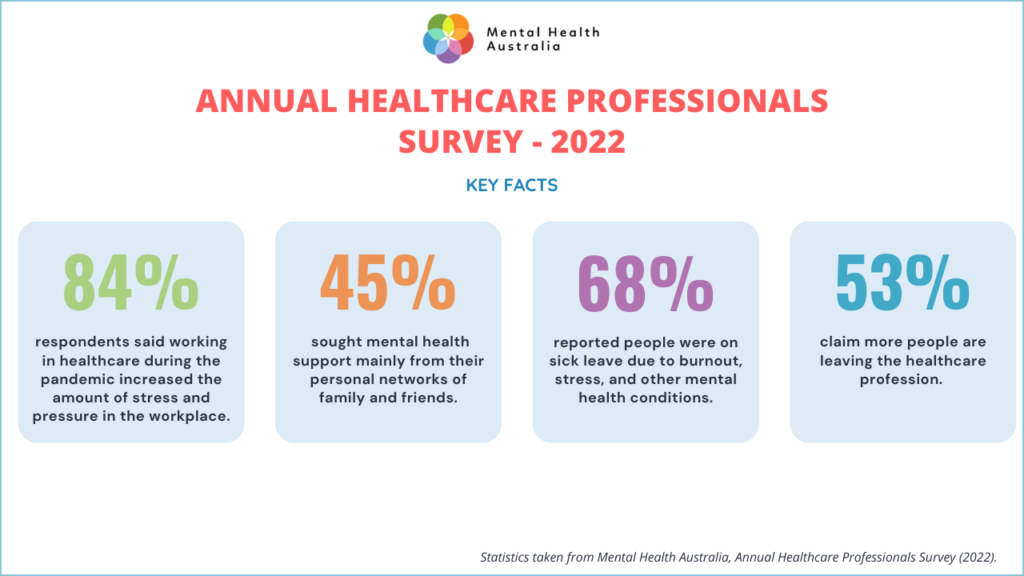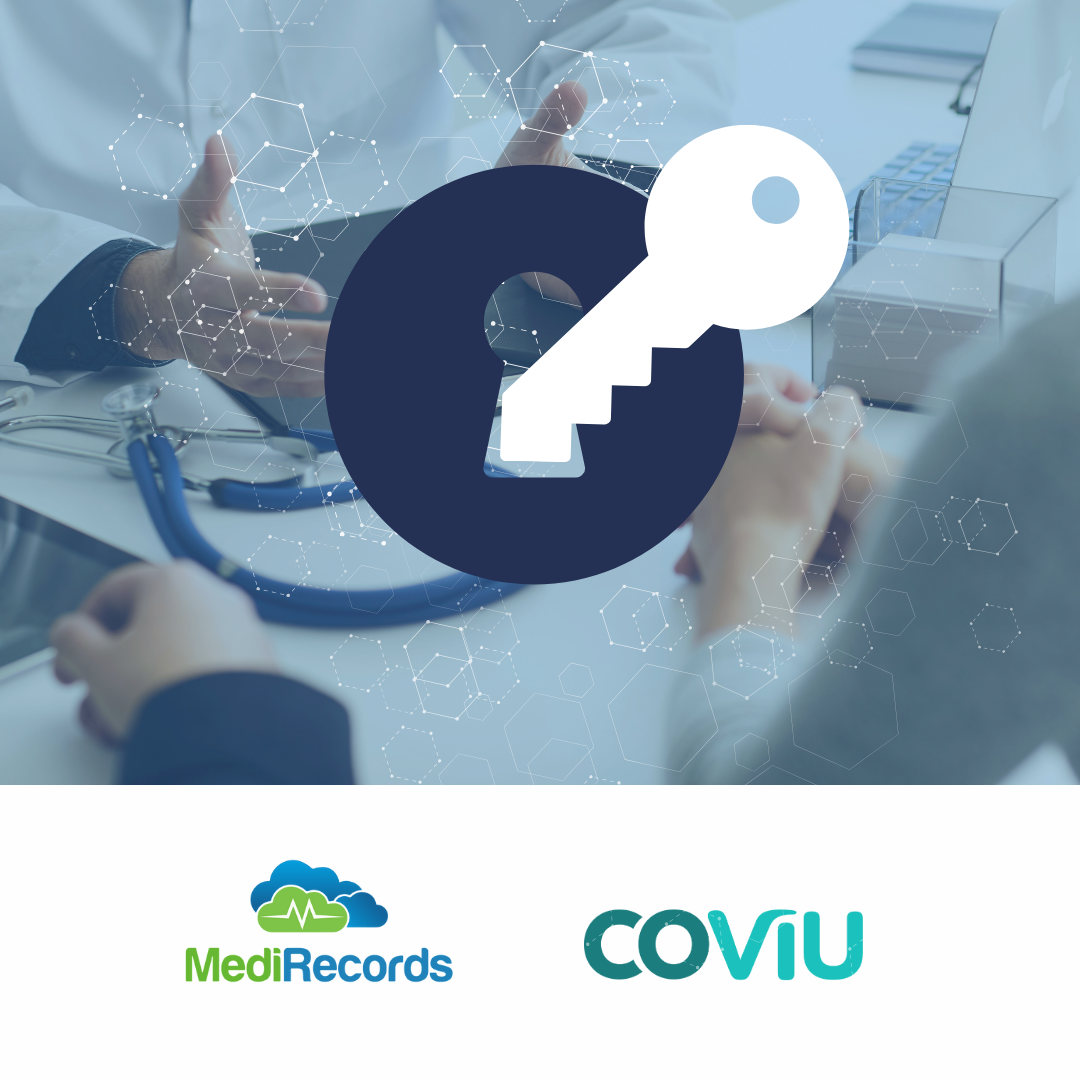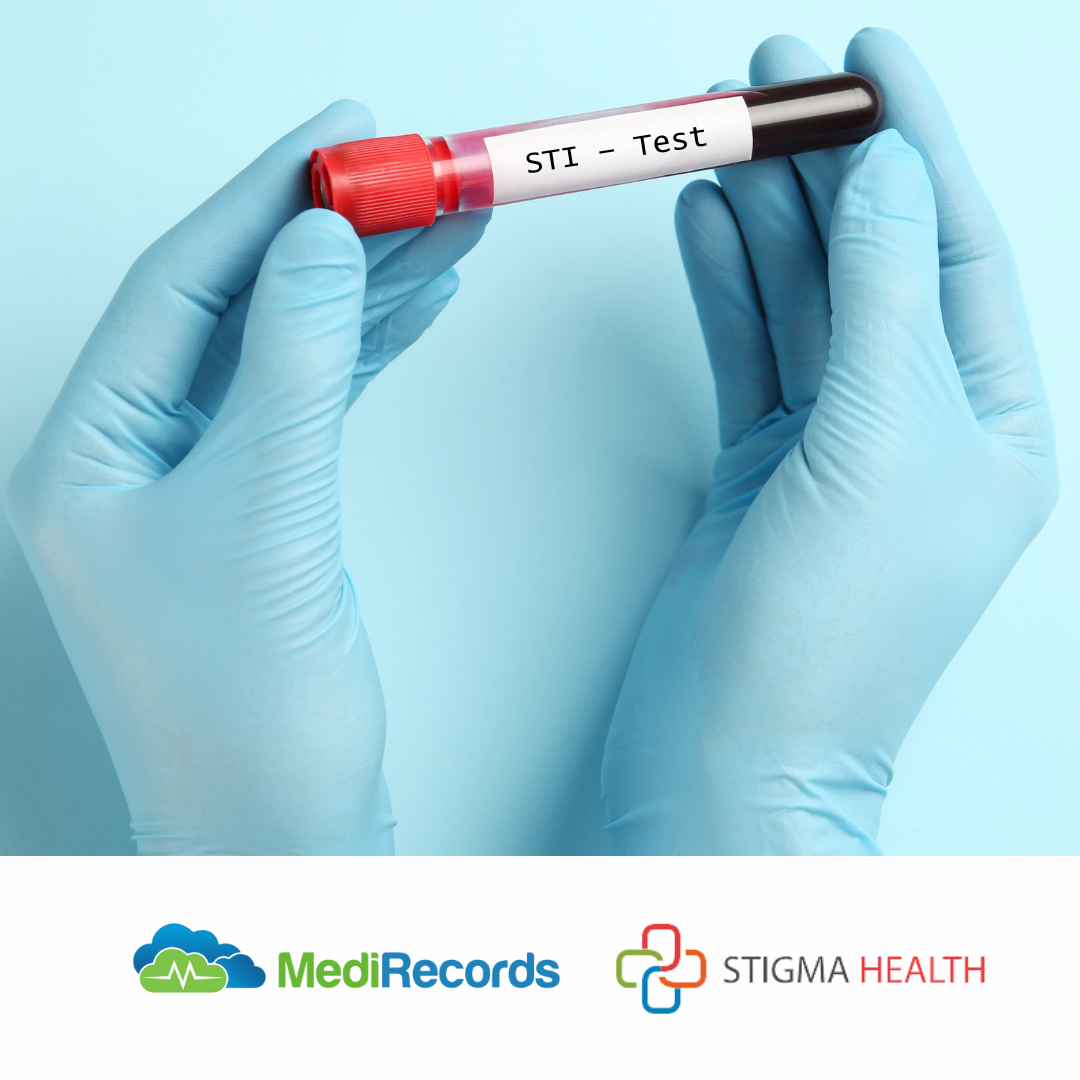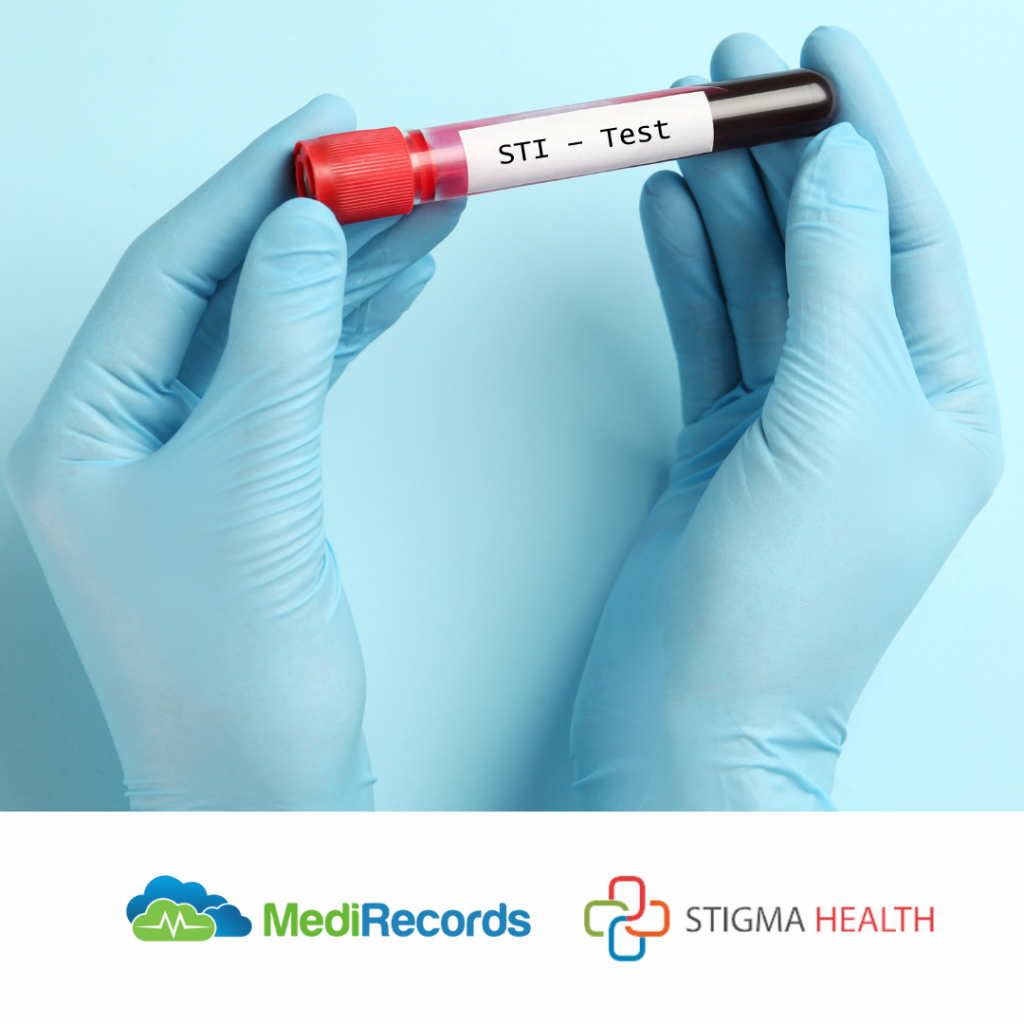February 8, 2024
What’s happening in health?

January has skedaddled and February is upon us. In Australia, that means the kids are back at school, the trains are crowded again, and things are getting serious at work. In the interest of getting you up to speed, here’s a selection of recent happenings in health and healthcare across the globe.
Some come from the frontlines of technology, while others show human connections are increasingly important:
As we enter a newish year, here’s what kept hospital CEO’s up at night in 2023. Do any of these resonate with you?
While we’re on the topic of nightmares, the WHO predicts a 75% increase in global cancer rates over the next 26 years, due to smoking, alcohol use, obesity, ageing and other factors.
Based on that prediction, it’s important that mRNA technology trials have begun with human subjects in the UK. The trial aims to see if introducing cancer ‘markers’ to people can jump-start an additional immune response and boosts their fight against melanoma, lung cancer and other solid tumours – a bit like summoning an extra battalion of internal cancer fighters. It’s early days, but another step toward personalised cancer treatments.
In Australia, government data shows Federal Budget initiatives aimed at increasing bulk billing for medical appointments have had an impact, with rural regions the main beneficiaries.
Scientists have suggested the appendix might not be as expendable, or useless, as generally perceived, and has a hidden role in gut health.
Meanwhile, Elon Musk’s Neuralink venture says it has put a wireless brain chip in a human. Details are sketchy but Neuralink has previously stated a goal to assist people experiencing paralysis.
Have you heard of orthosomnia? It is a term for the obsessive quest for perfect sleep. A just-published survey found sleep-medicine doctors viewed the sleep-tracking devices that some of us are wearing on our wrists to bed as a contributor to orthosomnia and misperceptions about sleep. Clinically, consumer sleep technology was “neither helpful nor unhelpful”.
The jury is still out on mental-health apps, particularly those reliant on chatbots.
Speaking of mental health, Sesame Street’s Elmo asked the Internet how people were doing and triggered an avalanche of more than 9000 responses from people struggling with mood and mental health. The take-home lesson is the need for regular wellbeing check-ins is real.
Please let us know if anything else has caught your eye. We aim to keep a finger on the pulse throughout 2024.
